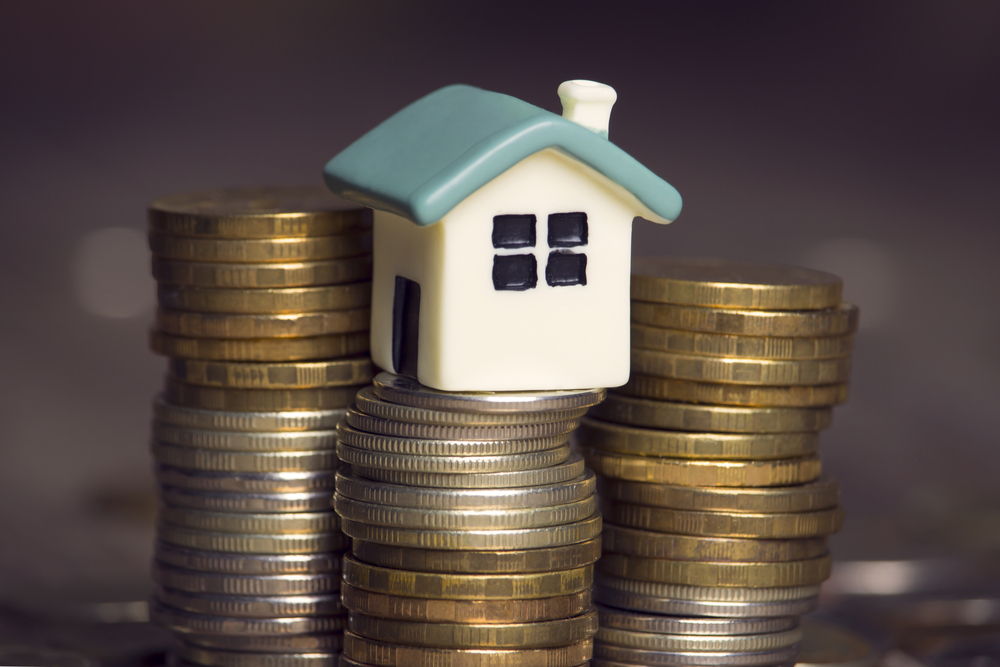
The latest official index from the Land Registry has revealed the annual performance for house prices throughout the UK in 2017.
According to recent data, the UK saw overall growth of 5.2% from December 2016 to December 2017 and an increase of 0.4% month-on-month, meaning that the average price of a home now stands at &226,756.
While this is a slight slowdown in the growth seen in the previous year, with the average remaining around 5% in 2017, it does show signs of stability for the UK property market.
When looking at some of the more detailed statistics, it seems that Scotland has experienced the highest average increases in house values, showing strong growth of 7.7% taking property values to &149,000.
Wales and England took 2nd and 3rd place, showing similar growth of 5.4% and 5%, respectively, with the average Welsh home now valued at &154,000 and the average English home valued at &244,000.
Northern Ireland recorded the smallest increase, but still saw a rise of 4.3% to an average of &130,000.
As expected, the capital remains at the top for the highest average price of a home by region, as typical London house prices stand at &484,000.
The South West recorded the biggest increase across the year, with a huge 7.5% increase in 2017, closely followed by the East and West Midlands, both showing a 6.3% rise in average prices.
While the rise of property values is always good news for homeowners, it does create an affordability question for prospective buyers.
Senior Economist at PwC, Richard Snook, spoke on the statistics stating that it “shows that house price growth has outpaced average earnings growth for the fifth consecutive year, further ratcheting up the affordability challenge. Cumulatively, house prices have increased by 22% more than earnings between 2012 and 2017.”
Sales and Marketing Director at OneSavings Bank, John Eastgate, had similar comments regarding the latest index, he commented; “Today’s surprisingly robust figures will not be welcomed by those looking to get a foothold on the housing ladder. The absence of wage inflation means that affordability continues to get tougher and, with many forecasting an interest rate increase in May, the resultant increase in mortgage rates will be a further barrier. It would be fair to expect house price inflation to soften through the year.”
Other financial experts have stated that the market remains competitive, however, now may be the time for buyers to make their move.
This is also the opinion of the CEO of the online mortgage broker Trussle, Ishaan Malhi, he said “By the end of 2017, the average house cost &12,000 more than it did in December 2016. The shortage of homes for sale has kept the property market competitive.
“If you’re looking to buy in the coming months, it’s worth keeping an eye on the mortgage market. The cost of borrowing is expected to rise, as certain bank subsidies fade away and interest rates climb. In such an environment, locking in a competitive five-year fixed deal will keep your repayments stable for the next few years, while the country comes to terms with an increasingly uncertain economic future.”